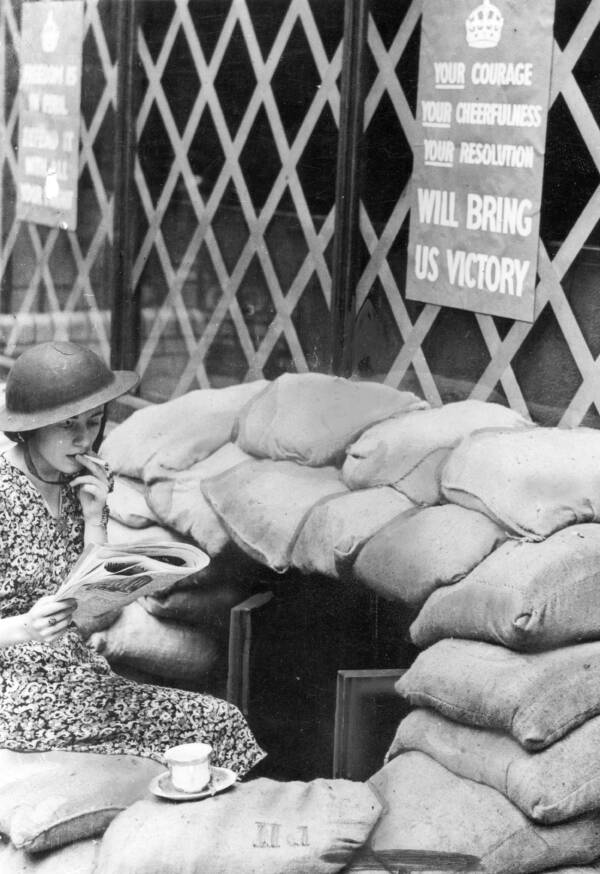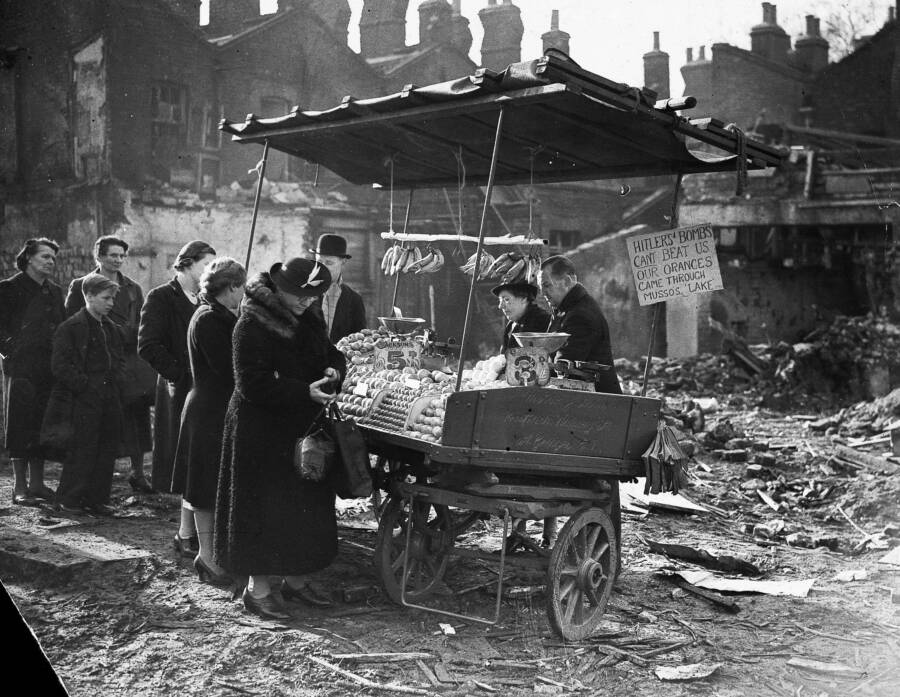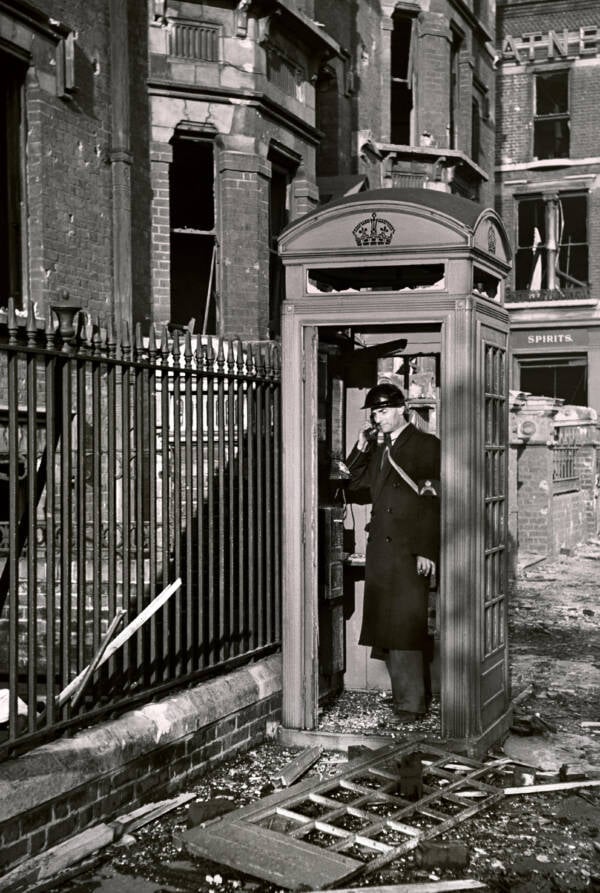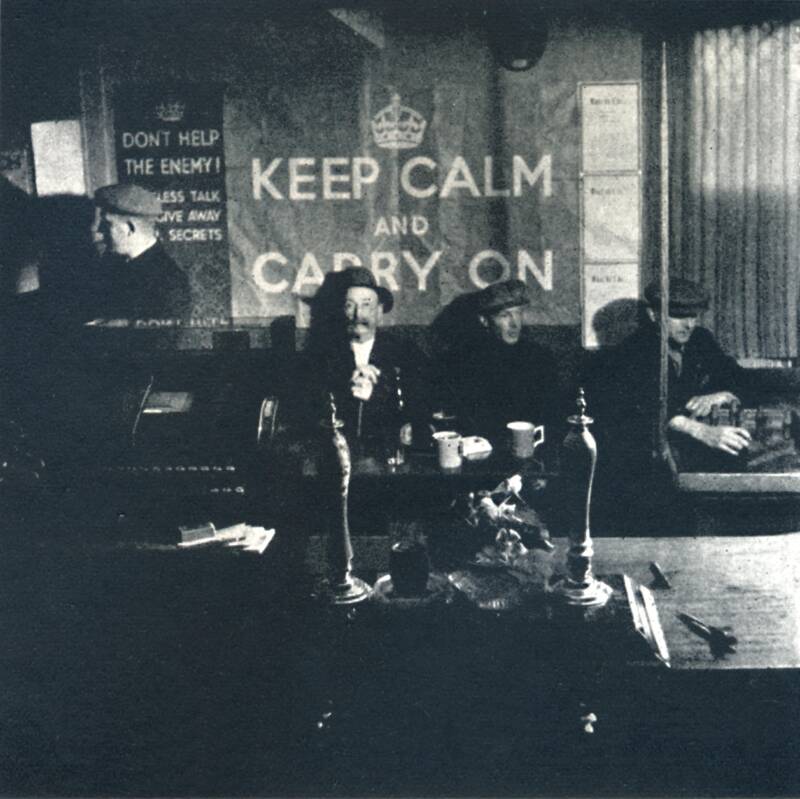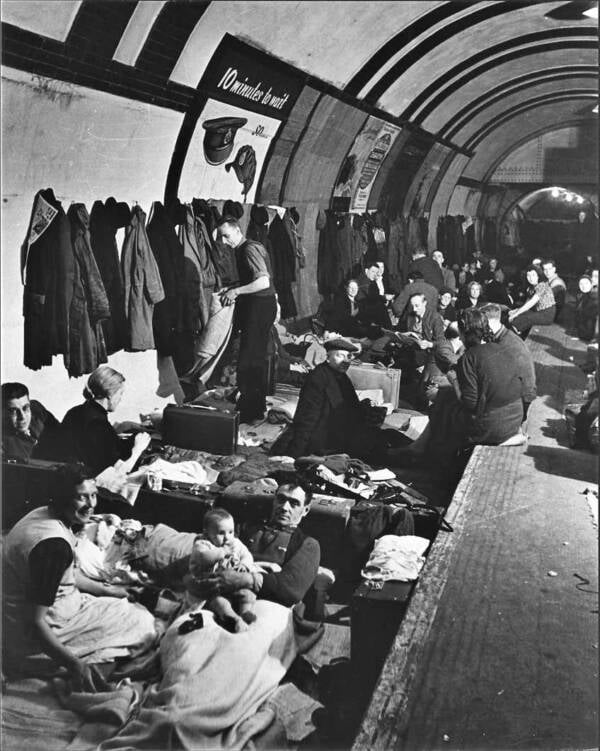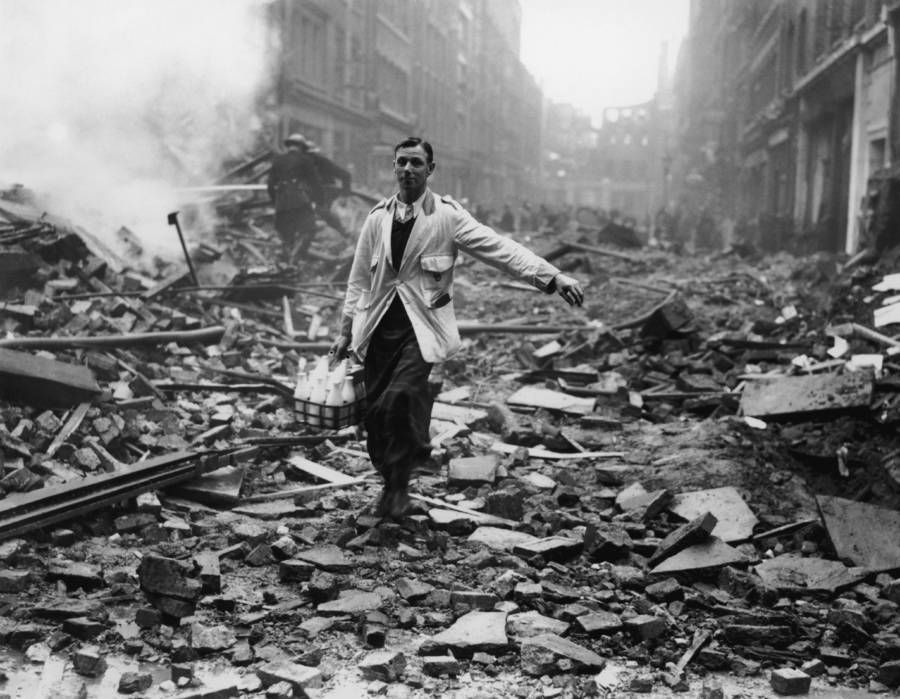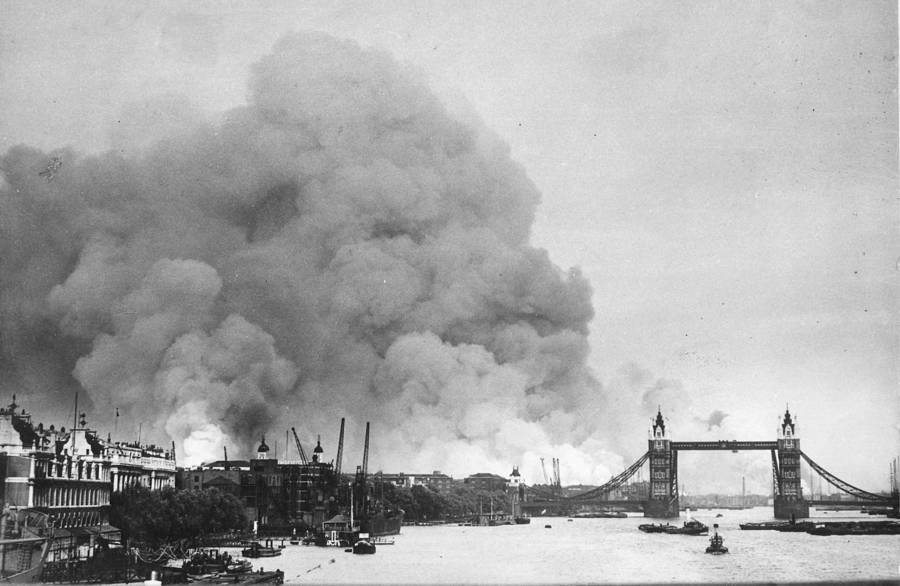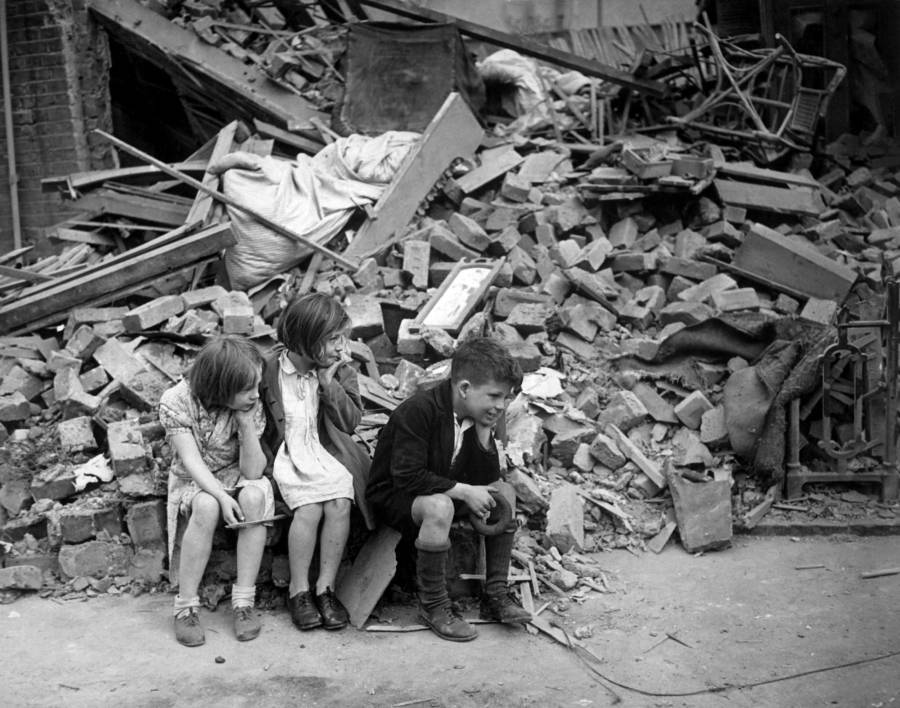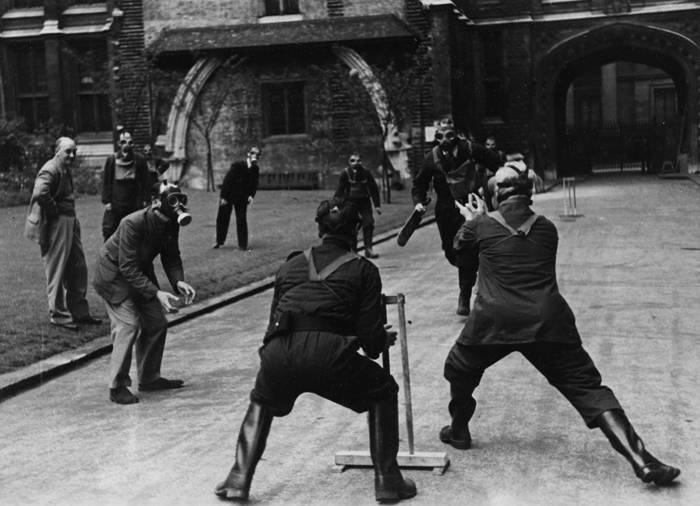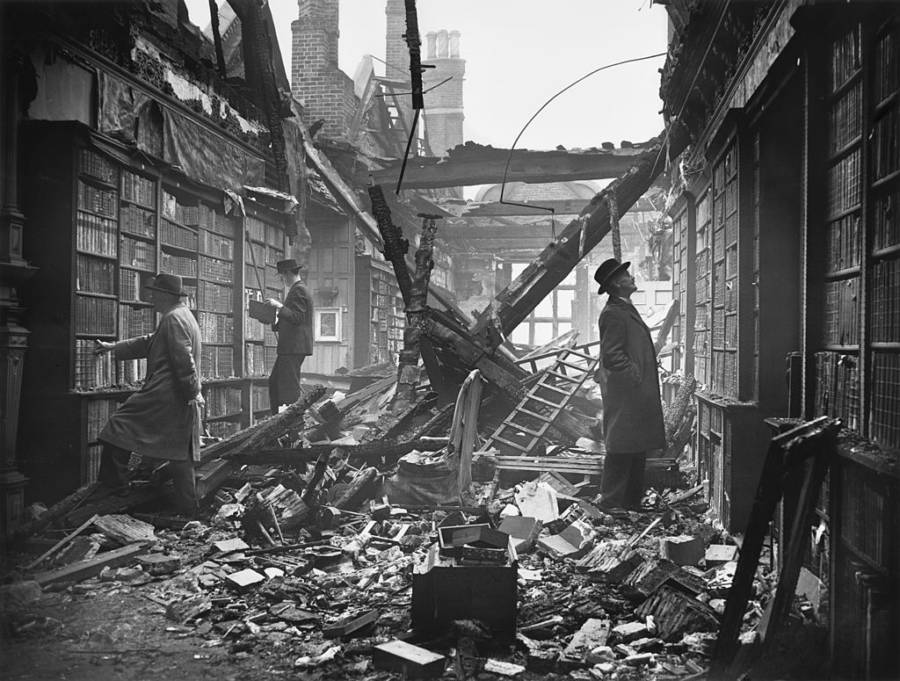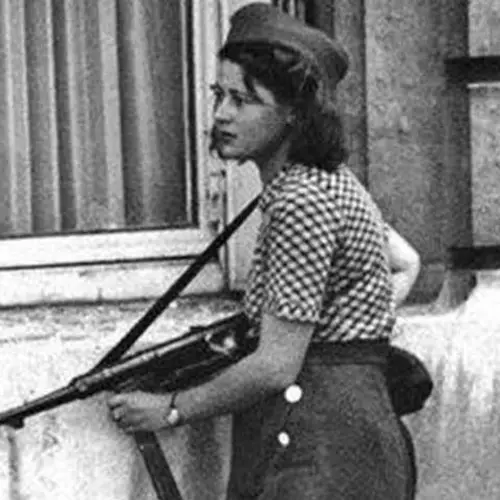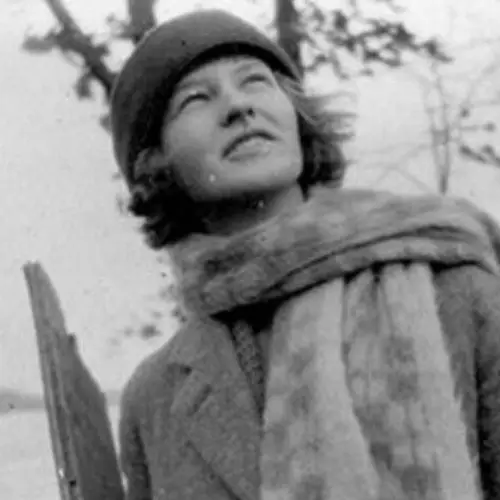For eight straight months starting in September 1940, German planes bombed British cities in a relentless campaign known as the Blitz — but the people of Britain kept calm and carried on.
For eight long months between September 1940 and May 1941, the people of Britain lived under a hail of bombs called the Blitz. A constant, unceasing bombardment by Nazi planes, the Blitz sought to lower morale, destroy British infrastructure, and force Britain out of the war.
From the German word Blitzkrieg — the lightning war — the Blitz brought death and destruction to towns and cities across Britain. London suffered bombings for 56 out of 57 straight days, and the Nazi bombers targeted industrial cities like Liverpool and Birmingham as well.
Homes and businesses were destroyed, children were left orphaned, and more than 40,000 people lost their lives. Yet rather than lose hope as Adolf Hitler and the Nazis planned, the British met the challenge head on.
Black Saturday, The Day The Blitz Began
By the summer of 1940, the German army had triumphantly marched across much of Europe. In June, France surrendered. That July, the Germans turned their attention on Britain, launching an aggressive attack that became known as the Battle of Britain. But the British put up a fight. And when they bombed Berlin, Adolf Hitler ordered an attack on London and other British cities.
On Sept. 7, 1940, a day novelist William Sansom recalled as "one of the fairest days of the century, a day of clear warm air and high blue skies," the Blitz began. At around 4 p.m., 348 German bombers and more than 600 Messerschmitt fighters roared toward London.
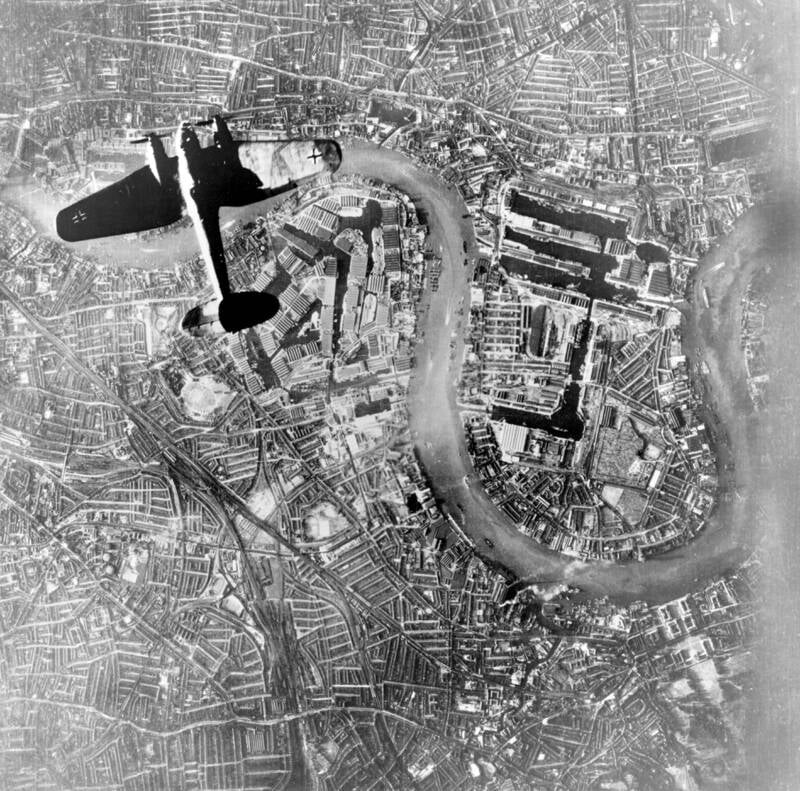
Public DomainA German Luftwaffe Heinkel He 111 bomber flying over the East End of London during Black Saturday on September 7, 1940.
The attack, known as "Black Saturday," was devastating. The first wave of planes was followed by a second wave, which started dropping bombs around 6 p.m. and didn't stop until 4:30 a.m. the following day. By the time the sun rose on Sept. 8, Historic UK reports that 450 people were killed and another 1,500 injured. And the bombings would keep coming.
London wasn't the only target of the Blitzkrieg. In the coming months, industrial cities like Liverpool, Birmingham, and Manchester suffered as well. The city of Coventry was so badly bombed that the Germans invented a new word "Koventrieren" to describe the destruction.
For British people everywhere, life would never be the same.
How The Blitz Changed Life Across Britain
With the Blitz, Hitler and the Nazis hoped to weaken British morale. But British politicians like Prime Minister Winston Churchill fought back.
"These cruel, wanton, indiscriminate bombings of London are, of course, a part of Hitler's invasion plans," Churchill declared in a Sept. 11, 1940 broadcast. "He hopes, by killing large numbers of civilians, and women and children, that he will terrorize and cow the people of this mighty imperial city, and make them a burden and an anxiety to the Government and thus distract our attention unduly from the ferocious onslaught he is preparing."
Churchill added: "Little does he know the spirit of the British nation."
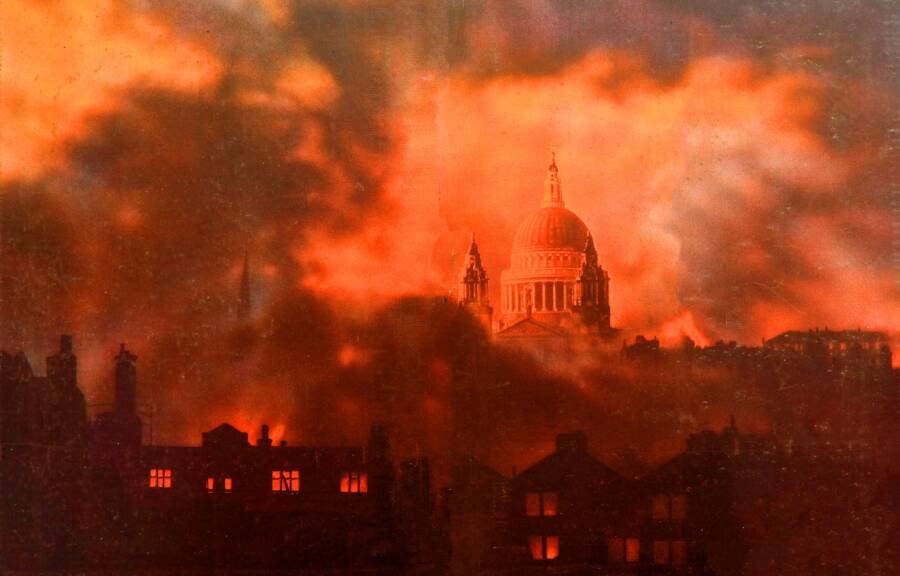
Colin Walters/AlamySt. Paul's Cathedral in London, December 29, 1940, in the midst of the Blitz.
For British citizens, the Blitz came to define daily life. Air raid sirens screamed at night, people packed into shelters, and tens of thousands of bombs fell from the sky and burned huge swaths of British cities.
"For Londoners, there are no longer such things as good nights; there are only bad nights, worse nights, and better nights," columnist By Mollie Panter-Downes wrote for The New Yorker. "Hardly anyone has slept at all in the past week. The sirens go off at approximately the same time every evening, and in the poorer districts, queues of people carrying blankets, thermos flasks, and babies begin to form quite early outside the air-raid shelters."
Londoners flocked to the underground tunnels of the Tube, which became something of a city within a city. People played cards, joined knitting circles, met with neighbors, and ate their meals while playing music to drown out the impact of German bombs above their heads.
Above ground, British citizens obeyed blackouts and hung black curtains in their windows. As Encyclopedia Britannica reports, street lights, car headlights, and illuminated signs were all darkened as German planes roared overhead in hopes of deflecting their attention. Despite these efforts, however, bombs continued to fall. Millions of homes and apartments were damaged or destroyed, and one in six Londoners become homeless.
Yet the people of Britain remained stoic. In many shop windows — some of them blasted out by bombs — signs hung which read: "Business as usual."
The Inspiring Endurance Of The British People During The Blitz
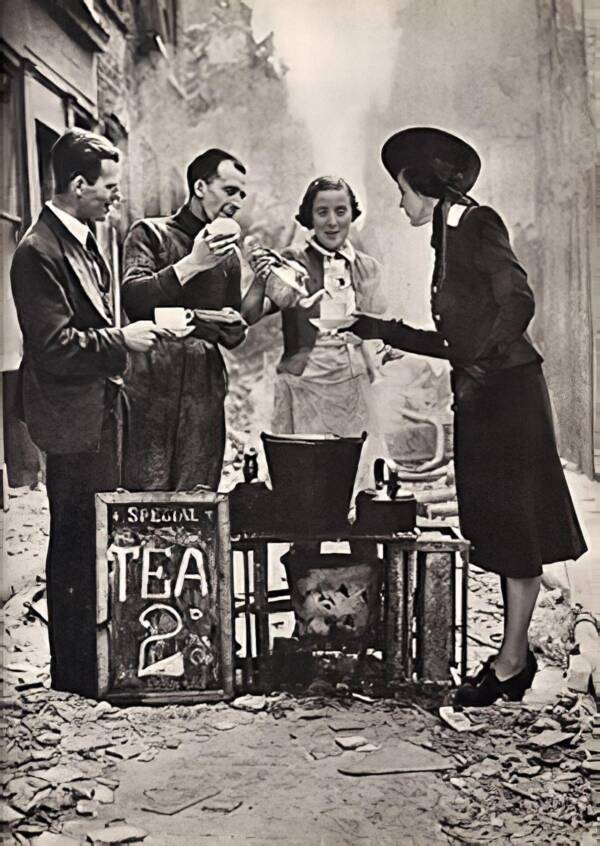
Vintage_Space / Alamy Stock PhotoPeople in Britain enjoying tea from a mobile canteen during the Blitz.
By the time the Blitz came to an end in May 1941 — Hitler decided to refocus his attention to the U.S.S.R. — over 40,000 people had been killed. The Imperial War Museum reports that more than 12,000 metric tons of bombs were dropped on London alone, causing damage to landmarks like the London Zoo and Buckingham Palace.
Yet the British people endured.
As American General Raymond E. Lee, a witness to the Blitz, commented, "By every test and measure I am able to apply, these people are staunch to the bone and won't quit... the British are stronger and in a better position than they were at its beginning."
The photos above, taken during the devastating months of the Blitz, bear out Lee's words. Photos like these show the fortitude of the British people during the Blitz, and their determination to "keep calm and carry on." Indeed, their resilience very likely changed the course of World War II. Hitler and the Nazis were never able to invade Britain or break the will of its people.
Despite the bombs that fell every night, despite the homes and businesses that were destroyed and the lives that were interrupted, the British bravely carried on. For them, it was "Business as usual."
After this looking through these remarkable photos of the Blitz, see how WWII bombings looked in Germany with these intense and devastating photographs of the Dresden bombing of 1945. Then, see how the Dunkirk evacuation unfolded.
